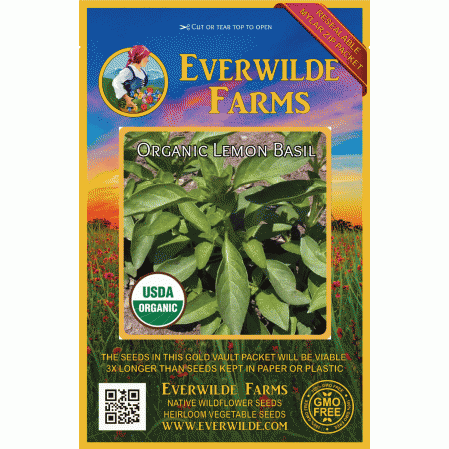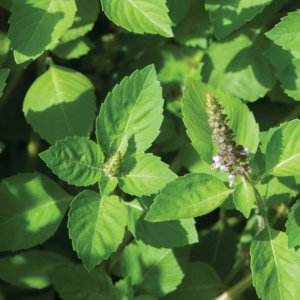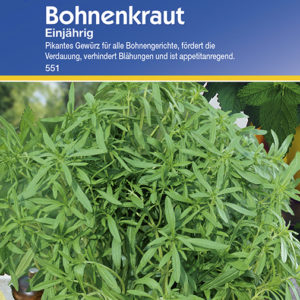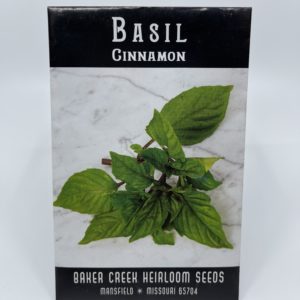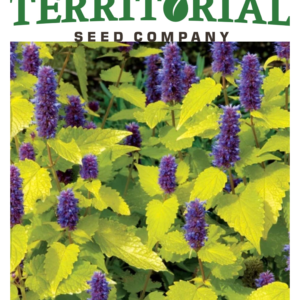ORGANIC LEMON BASIL
2,250 د.ك
Lemon basil comes from a cross between African basil and common basil, and is widely grown in northeastern Africa and southern Asia. Popular for its strong lemon scent, lemon basil is often found in Lao, Persian, Arabian, Indonesian and Thai cuisine. Native to India and ancient Persia, basil has a long history as one of the most revered of herbs. Ancient legends give basil a strong religious connection, stating that it possesses healing powers. In many cultures basil is a symbol of love, and given as a token of affection or engagement; other meanings include protection and truth. In Greek and Roman cultures, however, basil represented hate and misfortune; because of this, gardeners would often shout abuses at their plants to help them grow. It seems that no one could agree on the properties of basil, with divided opinions on whether it had medical benefits or whether it contained poison. Since English royalty preferred basil and used it for both culinary and cosmetic purposes, chefs sometimes call it “the king of herbs.” In addition to being popular with the ruling class, basil was commonly used throughout England and loved for its scent; many people included it in their gardens, added it to their bouquets, and used it to freshen the air in their houses. Medicinally, oil of basil is often used in treatments as diverse as depression and anxiety, the common cold, a cough or sore throat, or insect bites and stings. Medicinal doses of basil are unsafe for pregnant women, though culinary use is fine.
Latin Name: Ocimum basilicum
Type: Open Pollinated, Warm Season
Life Cycle: Annual
USDA Zones: 3, 4, 5, 6, 7, 8, 9, 10, 11, 12
Seeds per Ounce: 21,100
Planting Method: From Transplant
Sunlight: Full Sun
Height: 24 Inches
Color: Green
Bloom Season: Blooms Late Summer, Blooms Early Fall
Uses: Aromatic
Sowing: Since basil thrives in warm weather, it grows best when the soil has warmed and there is no chance of frost. Gardeners with short growing seasons may want to start their seeds indoors 3-4 weeks before the last frost date, sowing them thinly in flats and providing heat to speed germination. Transplant 15-18″ apart. To direct sow, plant the seeds 1/4″ deep in rich soil and full sun, thinning to 15-18″ apart when the seedlings develop. Basil also grows well indoors or as a container plant.
Growing: Basil thrives in soil that drains well, yet needs water often. If the weather drops below 50 degrees, provide protection. As the plant grows, pruning it helps it to develop into a bushy, healthy plant; pruning is also important because once the plant flowers, it will begin to wilt and die. To prune the plant, remove the top several sets of leaves on each stem, taking care to leave at least three sets of leaves on the lower part.
Harvesting: Basil leaves can be harvested as soon as they reach a height of 6-8″. The best time to harvest the leaves is in the morning after the dew dries. After the plant is established, harvesting often actually improves production; once the flowers develop, however, the leaves grow bitter to the taste. Remove single leaves or parts of a stem as needed, taking care to leave at least three sets of leaves on the length of the stem for healthy growth. When harvesting, pinch off the stem directly above the next set of leaves. Fresh basil will keep for several days at room temperature, with the stems in a glass of water; if refrigerated, it tends to wilt and turn brown. Basil also freezes and dries well. Since the water content of basil is very high and it can mold easily, the best method for drying is a dehydrator, an oven, or a similar dry, warm location.
Seed Saving: After the flowers have finished blooming, the seeds will begin to develop. Harvest the clusters of pods when they turn brown, and spread them out to dry in a protected location away from direct sunlight. Thresh the heads to remove the seed, and clean out as much of the chaff as possible. Store the seeds in a cool, dry place.
متوفر في المخزون


